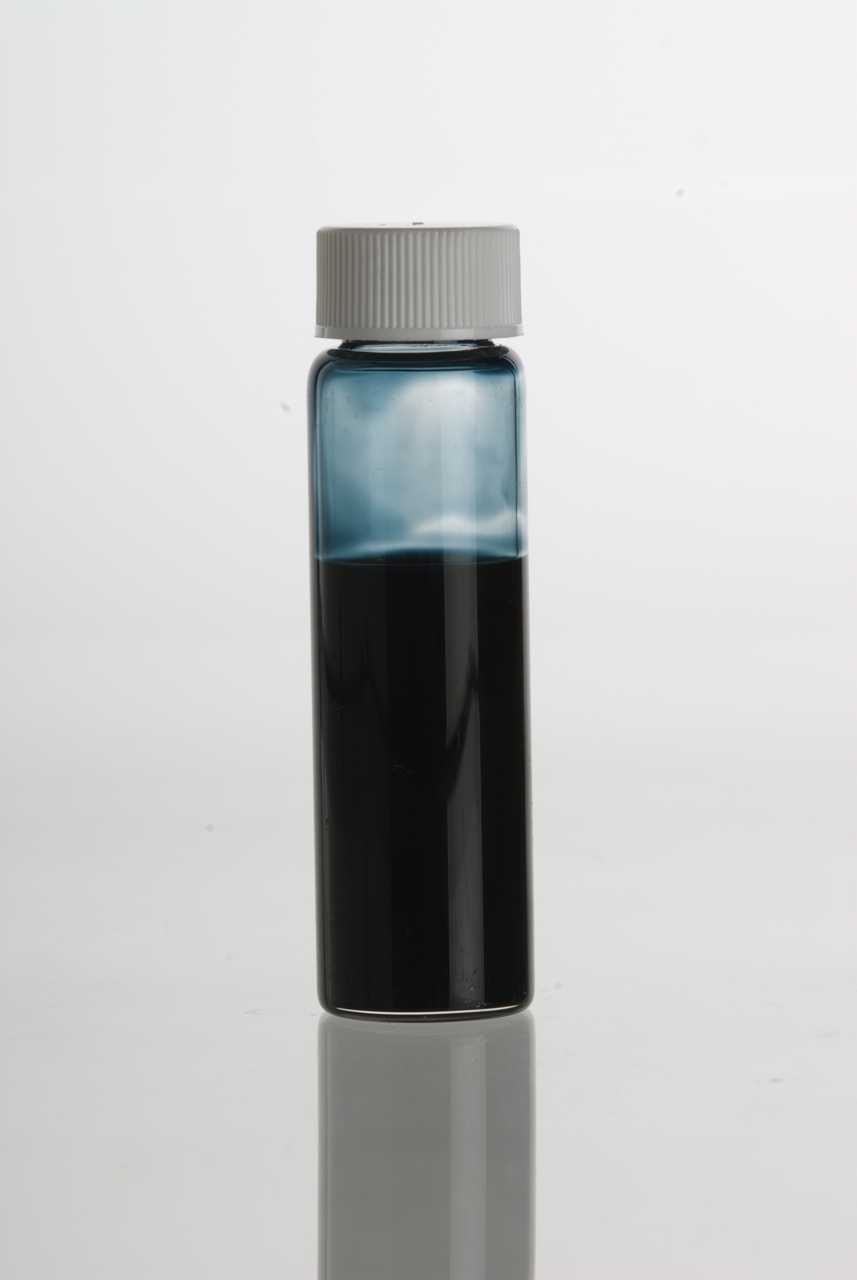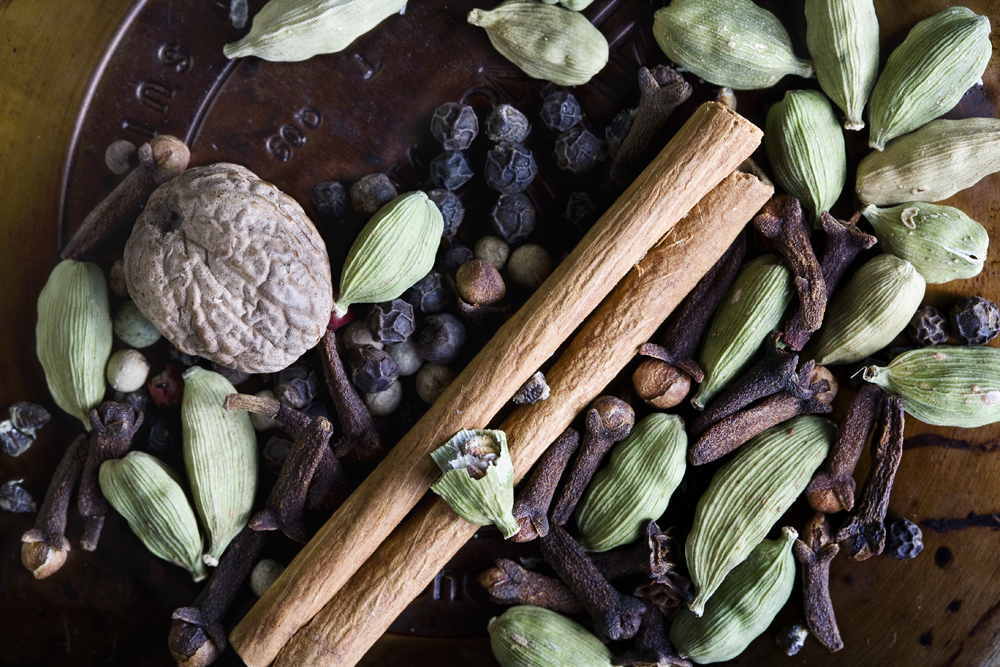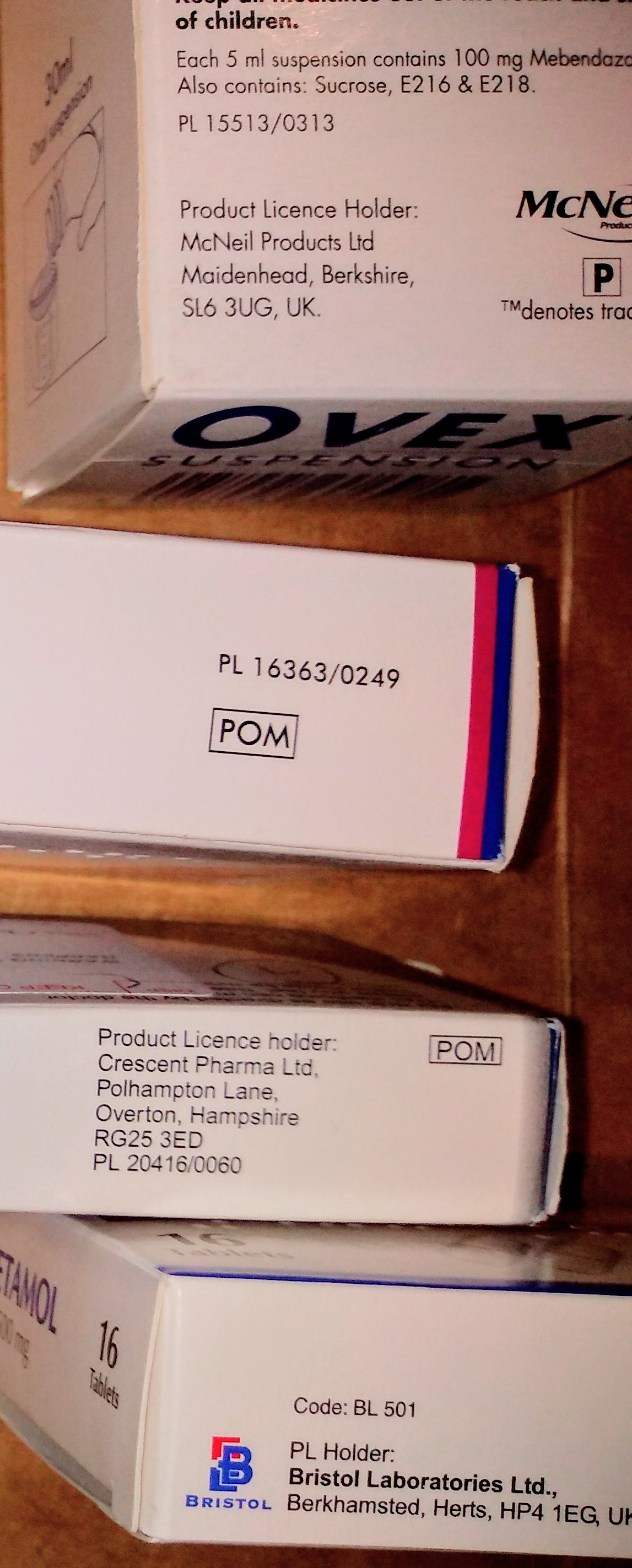|
Garlic Oil
Garlic oil is the volatile oil derived from garlic. It is usually prepared using steam distillation and can also be produced via distillation using ether. It is used in cooking and as a seasoning, a nutritional supplement, and also as an insecticide. Preparation Garlic oil is typically prepared using steam distillation, where crushed garlic is steamed with the resultant condensation containing the oil. Garlic oil contains volatile sulfur compounds such as diallyl disulfide, a 60% constituent of the oil. Steam-distilled garlic oil typically has a pungent and disagreeable odor and a brownish-yellow color. Its odor has been attributed to the presence of diallyl disulfide. To produce around 1 gram of pure steam-distilled garlic oil, around 500 grams of garlic is required. Undiluted garlic oil has 900 times the strength of fresh garlic, and 200 times the strength of dehydrated garlic. Ether can also be used to extract garlic oil. A type of garlic oil involves soaking diced or crush ... [...More Info...] [...Related Items...] OR: [Wikipedia] [Google] [Baidu] |
Volatile Oil
An essential oil is a concentrated hydrophobic liquid containing volatile (easily evaporated at normal temperatures) chemical compounds from plants. Essential oils are also known as volatile oils, ethereal oils, aetheroleum, or simply as the oil of the plant from which they were extracted, such as oil of clove. An essential oil is essential in the sense that it contains the essence of the plant's fragrance—the characteristic fragrance of the plant from which it is derived. The term "essential" used here does ''not'' mean indispensable or usable by the human body, as with the terms essential amino acid or essential fatty acid, which are so called because they are nutritionally required by a living organism. Essential oils are generally extracted by distillation, often by using steam. Other processes include expression, solvent extraction, ''sfumatura'', absolute oil extraction, resin tapping, wax embedding, and cold pressing. They are used in perfumes, cosmetics, soaps, air f ... [...More Info...] [...Related Items...] OR: [Wikipedia] [Google] [Baidu] |
Garlic Powder
Garlic powder is a spice that is derived from Dehydrated food, dehydrated garlic and used in cooking for flavour enhancement. The process of making garlic powder includes drying and dehydrating the vegetable, then powdering it through machinery or home-based appliances depending on the scale of production. Garlic powder is a common component of spice mix. It is also a common component of seasoned salt. Production Cultivation There are two types of garlic species: Garlic, Softneck (Allium Sativum Sativum) and Garlic, Hardneck (Allium Sativum Ophioscorodon). Hardneck garlic varieties are believed to have more flavour than Softneck garlics, characterized by a Pungency, spicy and more complex taste than other garlic strands. While Hardneck Garlics flourish in cold weather, due to their extensive time of vernalization, Softnecks seemingly grow better in warmer climates. Distinguishing between a Hardneck and Softneck garlic is done through the presence of a Scape (botany), scape (f ... [...More Info...] [...Related Items...] OR: [Wikipedia] [Google] [Baidu] |
Garlic
Garlic (''Allium sativum'') is a species of bulbous flowering plant in the genus ''Allium''. Its close relatives include the onion, shallot, leek, chive, Allium fistulosum, Welsh onion and Allium chinense, Chinese onion. It is native to South Asia, Central Asia and northeastern Iran and has long been used as a seasoning worldwide, with a history of several thousand years of human consumption and use. It was known to ancient Egyptians and has been used as both a food flavoring and a traditional medicine. China produces 76% of the world's supply of garlic. Etymology The word ''garlic'' derives from Old English, ''garlēac'', meaning ''gar'' (spear) and leek, as a 'spear-shaped leek'. Description ''Allium sativum'' is a perennial flowering plant growing from a bulb. It has a tall, erect flowering stem that grows up to . The leaf blade is flat, linear, solid, and approximately wide, with an acute apex. The plant may produce pink to purple flowers from July to September in the Nort ... [...More Info...] [...Related Items...] OR: [Wikipedia] [Google] [Baidu] |
List Of Garlic Dishes
This is a list of garlic dishes, comprising dishes and foods that use garlic as a main ingredient. Garlic is a species in the onion genus, ''Allium''. Its close relatives include the onion, shallot, leek, chive, and '' Chinese onion''. Garlic is native to Central Asia and northeastern Iran, has a history of several thousand years of human consumption and use, and has long been used as a seasoning worldwide. It was known to Ancient Egyptians, and has been used both as a food flavoring and as a traditional medicine. Garlic dishes * Agliata – a savory and pungent garlic sauce and condiment in Italian cuisine used to flavor and accompany broiled or boiled meats, fish and vegetables. * Aioli – a Mediterranean sauce made of garlic and olive oil; in some regions other emulsifiers such as egg are used. * Bagna càuda – a dish from Piedmont, Italy made of garlic, anchovies, olive oil and butter, it is served and consumed in a manner similar to fondue. * Česnečka – a garlic ... [...More Info...] [...Related Items...] OR: [Wikipedia] [Google] [Baidu] |
List Of Essential Oils
Essential oils are volatile and liquid aroma compounds from natural sources, usually plants. They are not oils in a strict sense, but often share with oils a poor solubility in water. Essential oils often have an odor and are therefore used in food flavoring and perfumery. They are usually prepared by fragrance extraction techniques (such as distillation, cold pressing, or Solvent extraction). Essential oils are distinguished from aroma oils (essential oils and aroma compounds in an oily solvent), infusions in a vegetable oil, absolutes, and concretes. Typically, essential oils are highly complex mixtures of often hundreds of individual aroma compounds. * Agar oil or , distilled from agarwood (''Aquilaria malaccensis''). Highly prized for its fragrance. * Ajwain oil, distilled from the leaves of (''Carum copticum''). Oil contains 35–65% thymol. * Angelica root oil, distilled from the ''Angelica archangelica''. * Anise oil, from the ''Pimpinella anisum'', rich odor of li ... [...More Info...] [...Related Items...] OR: [Wikipedia] [Google] [Baidu] |
Garlic Sauce
Garlic sauce is a sauce prepared using garlic as a primary ingredient. It is typically a pungent sauce, with the depth of garlic flavor determined by the amount of garlic used. The garlic is typically crushed or finely diced. Simple garlic sauce is composed of garlic and another ingredient to suspend the bulb via emulsion, such as oil, butter or mayonnaise. Various additional ingredients can be used to prepare the sauce. Garlic sauce can be used to add flavor to many foods and dishes, such as steak, fish, seafood, mutton, chops, chicken, eggs and vegetables. It is also used as a condiment for Doner kebab. Types Agliata Agliata is a savory and pungent garlic sauce and condiment in Italian cuisine used to flavor and accompany broiled or boiled meats, fish and vegetables. It is first attested in Ancient Rome, and it remains part of the cuisine of Liguria. Porrata is a similar sauce prepared with leeks in place of garlic. Aioli Aioli is a Mediterranean sauce made of garlic and o ... [...More Info...] [...Related Items...] OR: [Wikipedia] [Google] [Baidu] |
Spice Mix
Spice mixes are blended spices or herbs. When a certain combination of herbs or spices is called for in a recipe, it is convenient to blend these ingredients beforehand. Blends such as chili powder, curry powder, herbes de Provence, garlic salt, and other seasoned salts are traditionally sold pre-made by grocers, and sometimes baking blends such as pumpkin pie spice are also available. These spice mixes are also easily made by the home cook for later use. Masala Masala (from Hindi/Urdu ''masalah'', based on Arabic ''masalih''). is a term from the Indian subcontinent for a spice mix. A masala can be either a combination of dried (and usually dry-roasted) spices, or a paste (such as vindaloo masala) made from a mixture of spices and other ingredients—often garlic, ginger, onions, chilli paste and tomato. Masalas are used extensively in Indian cuisine to add spice and flavour, most familiarly to Western cuisine in chicken tikka masala and chicken curry, or in masala chai. Other ... [...More Info...] [...Related Items...] OR: [Wikipedia] [Google] [Baidu] |
Garlic Oil
Garlic oil is the volatile oil derived from garlic. It is usually prepared using steam distillation and can also be produced via distillation using ether. It is used in cooking and as a seasoning, a nutritional supplement, and also as an insecticide. Preparation Garlic oil is typically prepared using steam distillation, where crushed garlic is steamed with the resultant condensation containing the oil. Garlic oil contains volatile sulfur compounds such as diallyl disulfide, a 60% constituent of the oil. Steam-distilled garlic oil typically has a pungent and disagreeable odor and a brownish-yellow color. Its odor has been attributed to the presence of diallyl disulfide. To produce around 1 gram of pure steam-distilled garlic oil, around 500 grams of garlic is required. Undiluted garlic oil has 900 times the strength of fresh garlic, and 200 times the strength of dehydrated garlic. Ether can also be used to extract garlic oil. A type of garlic oil involves soaking diced or crush ... [...More Info...] [...Related Items...] OR: [Wikipedia] [Google] [Baidu] |
Prescription Drug
A prescription drug (also prescription medication or prescription medicine) is a pharmaceutical drug that legally requires a medical prescription to be dispensed. In contrast, over-the-counter drugs can be obtained without a prescription. The reason for this difference in substance control is the potential scope of misuse, from drug abuse to practicing medicine without a license and without sufficient education. Different jurisdictions have different definitions of what constitutes a prescription drug. In North America, ℞, usually printed as "Rx", is used as an abbreviation of the word "prescription". It is a contraction of the Latin word "''recipe''" (an imperative form of "recipere") meaning "take". Prescription drugs are often dispensed together with a monograph (in Europe, a Patient Information Leaflet or PIL) that gives detailed information about the drug. The use of prescription drugs has been increasing since the 1960s. Regulation Australia In Australia, the Standar ... [...More Info...] [...Related Items...] OR: [Wikipedia] [Google] [Baidu] |
Anticoagulant
Anticoagulants, commonly known as blood thinners, are chemical substances that prevent or reduce coagulation of blood, prolonging the clotting time. Some of them occur naturally in blood-eating animals such as leeches and mosquitoes, where they help keep the bite area unclotted long enough for the animal to obtain some blood. As a class of medications, anticoagulants are used in therapy for thrombotic disorders. Oral anticoagulants (OACs) are taken by many people in pill or tablet form, and various intravenous anticoagulant dosage forms are used in hospitals. Some anticoagulants are used in medical equipment, such as sample tubes, blood transfusion bags, heart–lung machines, and dialysis equipment. One of the first anticoagulants, warfarin, was initially approved as a rodenticide. Anticoagulants are closely related to antiplatelet drugs and thrombolytic drugs by manipulating the various pathways of blood coagulation. Specifically, antiplatelet drugs inhibit platelet agg ... [...More Info...] [...Related Items...] OR: [Wikipedia] [Google] [Baidu] |
Gastrointestinal Disorder
Gastrointestinal diseases (abbrev. GI diseases or GI illnesses) refer to diseases involving the Human gastrointestinal tract, gastrointestinal tract, namely the oesophagus, stomach, small intestine, large intestine and rectum, and the accessory organs of digestion, the liver, gallbladder, and pancreas. Oral disease The oral cavity is part of the gastrointestinal system and as such the presence of alterations in this district can be the first sign of both systemic and gastrointestinal diseases. By far the most common oral conditions are dental plaque, plaque-induced diseases (e.g., gingivitis, periodontitis, dental caries). Oral symptoms can be similar to lesions occurring elsewhere in the digestive tract, with a pattern of swelling, inflammation, ulcers, and fissures. If these signs are present, then patients are more likely to also have anal and esophageal lesions and experience other extra-intestinal disease manifestations. Some diseases which involve other parts of the GI t ... [...More Info...] [...Related Items...] OR: [Wikipedia] [Google] [Baidu] |
Adverse Effect
An adverse effect is an undesired harmful effect resulting from a medication or other intervention, such as surgery. An adverse effect may be termed a "side effect", when judged to be secondary to a main or therapeutic effect. The term complication is similar to adverse effect, but the latter is typically used in pharmacological contexts, or when the negative effect is expected or common. If the negative effect results from an unsuitable or incorrect dosage or procedure, this is called a medical error and not an adverse effect. Adverse effects are sometimes referred to as "iatrogenic" because they are generated by a physician/treatment. Some adverse effects occur only when starting, increasing or discontinuing a treatment. Adverse effects can also be caused by placebo treatments (in which case the adverse effects are referred to as nocebo effects). Using a drug or other medical intervention which is contraindicated may increase the risk of adverse effects. Adverse effects may c ... [...More Info...] [...Related Items...] OR: [Wikipedia] [Google] [Baidu] |




.jpg)



